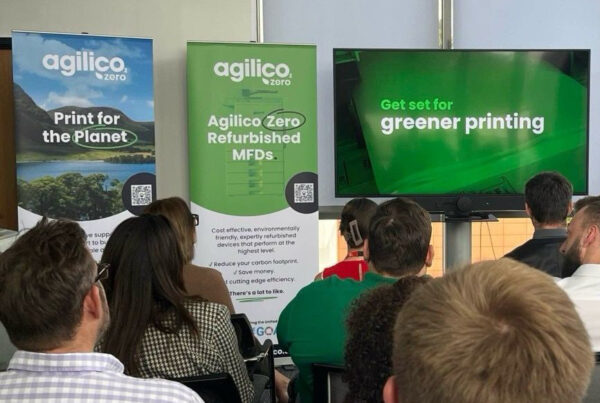Along with all the other good reasons for having a print room in-house – security of data, ease of use and efficiency – it can also save the parent organisation money.
However, no matter how good the print quality or customer service is, if the print room consumes resources instead of adding value its future is uncertain.
As the manager, you probably feel confident the print room passes the value-for-money test. But if senior management put you on the spot tomorrow and asked for facts-and-figures evidence to prove this, do you have them to hand? Could you show, first, that you charge your internal customers less than outside printers would, and, second, that the prices you charge are enough to cover the costs of running the print room? If you can’t answer “Yes“ confidently to both of these questions, now is the time to start benchmarking.
Benchmarking – the dictionary definition being, “to evaluate something by comparison with a standard“ – addresses both issues. By comparing the print room’s charges with external suppliers, you can confirm that you’re recovering enough of your direct costs to fund the operation and if required, contribute to organisational overheads. Or not.
Knowing these answers doesn’t only justify your existence; the information you gain from benchmarking helps you establish crucial performance-related indices such as Service Level Agreements (SLAs) and Key Performance Indicators (KPIs). And positive findings add weight to your arguments when negotiating with senior management for new investment in both equipment and people.
This all makes sense, but amid all the pressure of meeting the day-to-day demands of customers it’s often hard to fit benchmarking into a busy schedule. And if you’re one of the print rooms that has never benchmarked properly, you may be thinking “How do I start?“ and “What do I do?“ The prospect can be daunting, but there are a few simple rules to follow to get started. The first is to take on board the old IT industry saying “Garbage In, Garbage Out“ – in other words, the better the inputs to the exercise, the better the outputs. Getting the right data takes time, but it is well worth the effort.
So what does “the right data“ look like? Here are some examples, starting at the “macro“ level, with a range of management information on the general running of the print room. This includes: annual totals of A4-equivalent mono and colour sheets and images printed and finished; consumables costs; equipment ownership and maintenance costs; and direct staff costs. Next, drill down to the “micro“ level, to the individual jobs that are broadly representative of the print room’s annual production. Put together a “basket“ of up to 10 jobs, which will form the basis for comparison against both external prices and the total costs of running the print room. Again, for each job you will need the A4-equivalent mono and colour sheets and images printed and finished, plus figures like the internal price (per unit) and the total number of units produced annually.
Note the emphasis on A4-equivalent sheets. This is very important, because sticking with one format throughout the exercise provides you with a kind of unit of currency that makes comparisons possible because you know you’re comparing like with like. You can get into all sorts of trouble if you leave this path.
Gathering the data is one thing, the next step – analysing it – is quite another.
We don’t have the space to explain that in detail here, but you’ll find all you need to know in our Guide to Comparing internal and external print costs – a step-by-step guide.



